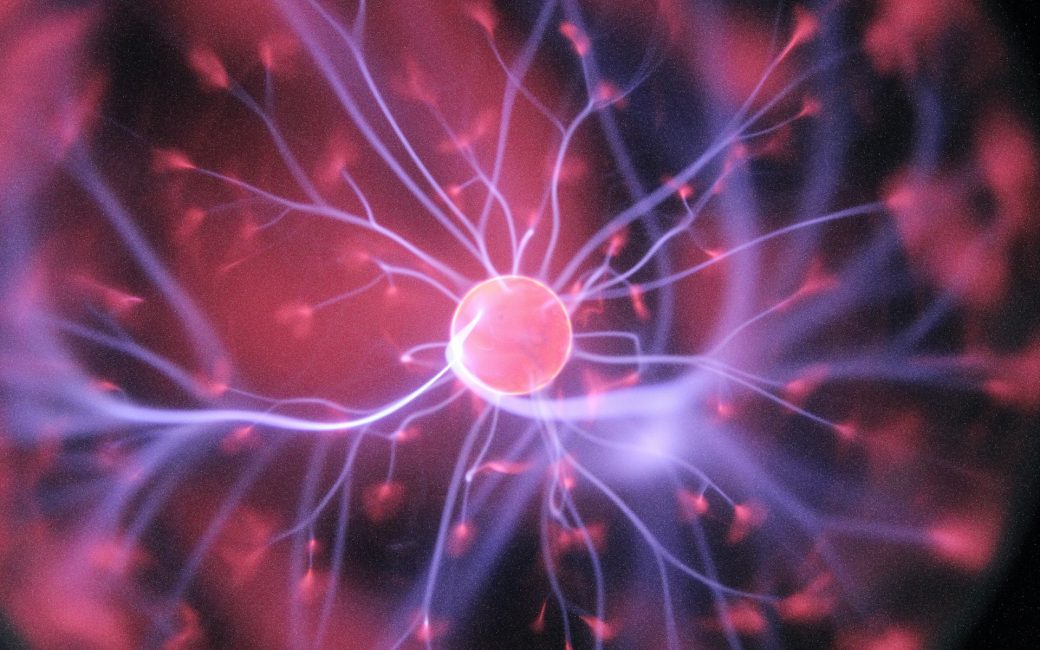What is science? Science is a systematic enterprise that builds knowledge and organizes it into testable explanations and predictions. There are many different fields of science, and each has specific strengths and weaknesses. Regardless of the field, the fundamental elements of science are observation, experimentation, and theories. This article will discuss each of these areas in greater detail. In addition to the three fundamental elements of science, it will also discuss the benefits and limitations of each.
Nature
The Journal of Natural Sciences and Humanities is a peer-reviewed academic journal that aims to increase natural knowledge throughout the world. Nature and Science accepts manuscripts in all fields, including social sciences. Manuscripts will undergo a rigorous peer-review process, and the journal’s editors and staff will make every effort to publish valuable works. Published manuscripts may be reviews, research reports, opinions, news articles, or news releases.
Across the disciplines, scientists share certain basic attitudes and beliefs that relate to the nature of the world and how we can learn more about it. Science presumes that things in the world occur in predictable patterns that are comprehensible through systematic study. The means by which scientists come to their conclusions are different from other modes of knowing. In addition to using the scientific method to collect data, scientists are also interested in identifying how humankind affects nature and how to preserve it.
Observation
While working scientists frequently talk about data, philosophers may think of observations as members of a broad family of data production methods. By distinguishing these methods, philosophers can focus on the epistemic role of their different components. Observation is a fundamental element of scientific discovery. The following paragraphs describe some of the ways it is used in scientific research. Read on to learn more about the different levels of observation. And find out what philosophy can teach you about this method!
Students’ observations varied in level and type. In one study, 19 student groups analysed rock videos in order to determine the types of rocks they observed. Observation levels were classified as every day, transitional, and scientific. The research question posed was whether students were using everyday observations or scientific observations when classifying rocks. Moreover, the findings showed that more research needs to be done on the different types of observation students use in science.
Experimentation
Various scientific disciplines rely on experimental methods to uncover relationships between variables. Scientists manipulate one variable to measure the effects of another. A notable example is Louis Pasteur’s study of the microbes in soup broth. The experiment, or controlled experiment, allowed Pasteur to observe what would have happened without it. The results of his study led to the discovery of the bacterium streptococcus. And, with the power of controlled experiments, science can now improve human health.
This renewed interest in experimentation has led to several edited volumes and substantial studies. These studies are divided on philosophical issues, though some authors maintain the social construction of scientific evidence. Some, such as Collins’ sociological study of gravity wave detection, argue that experiments can only serve as a heuristic guide to hit upon a useful theory. Other scholars, such as Franklin and Mayo, argue for strategies that ensure reliable experimental results.
Theories
Theories in science are a common source of conflict, but they can be useful for describing the nature of reality. Theories and models may be viewed in different ways, depending on their orientation and character. The syntactic view of theories, for example, sees models as nonlinguistic entities while the semantic view sees them as building blocks for constructing models. Heterogeneous science projects began in the 1920s, gained popularity in the 1960s, and began to blossom in the last two decades of the twentieth century.
The term “theory” is often used to describe a hunch, a guess, or another kind of unsupported conclusion. In reality, a theory must be supported by a large body of evidence to be accepted as true. The most accurate explanation must be the simplest, yet still, explain some aspect of reality. This is one of the fundamental principles of science. It also makes science much easier to understand. But how do we determine which theories are most likely to be correct?
Applications
The term “application” refers to the use of science for a specific purpose. For example, medical microbiology, a field of applied science, combines biology and the principles of mathematics to advance medical knowledge and invention. Biomedical engineering and biomedicine combine science and engineering to create new medical technologies. One example of an application of science is epidemiology, the study of patterns in different health conditions among a defined population. Researchers in this field use both biological and statistical methods to make predictions.
Another area of application is in the field of architecture. The two disciplines work hand in hand to design buildings and other structures that will be both beautiful and functional. While architecture emphasizes functionality, physics and mathematics are also used to produce aesthetically pleasing shapes. Architectural design is one of the most popular applications of science. However, it can’t be considered purely practical without the use of art. Therefore, there are many more applications of science than the ones described above.

